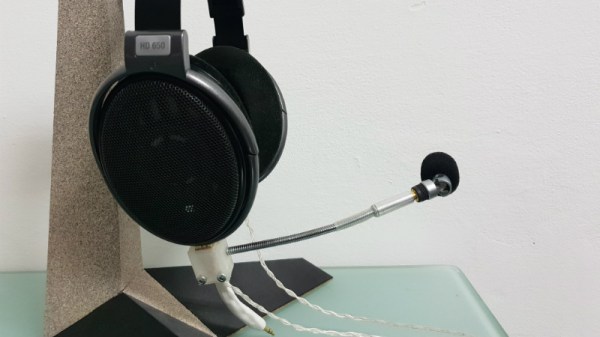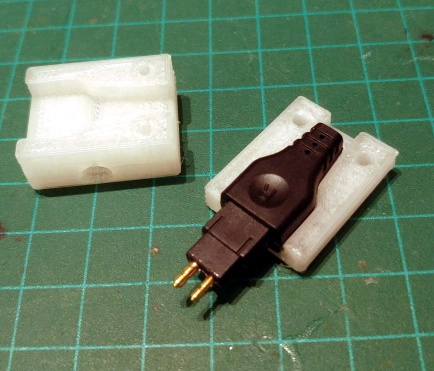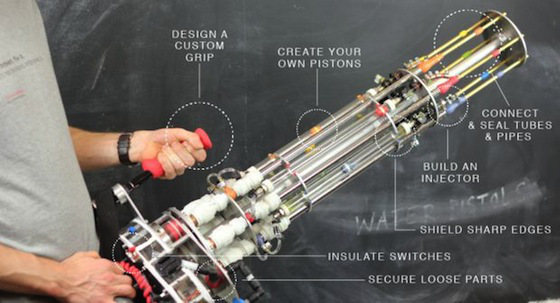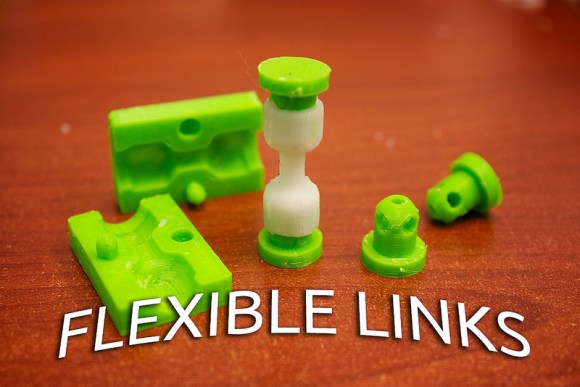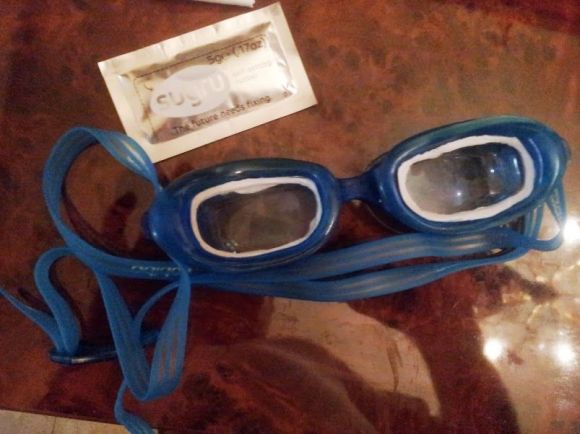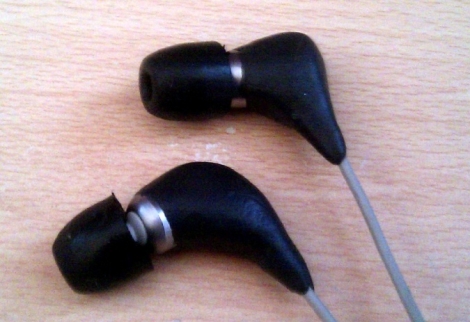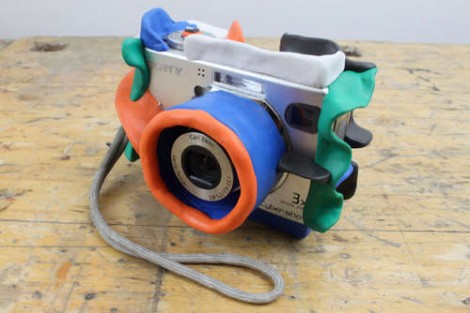[Hey Jude] is tired of the machismo dripping from most modern electronic toys, especially stuff like monster trucks and police/military sets. He grew up on weird stuff, not aggression, and wanted to share the experience of kit-bashing a new toy together alongside his son.
This is essentially an R/C boat stuffed into a decoy duck, but there’s more to it than that. After removing the ballast that made him stay upright, [Hey Jude] performed plastic surgery on both sides of Dave the duck, creating a boat-shaped hole in the bottom, and a hinged bonnet out of the top which serves as an access panel for the boat’s innards. Everything is sealed up with Sugru, though you could probably use caulk or even hot glue (if you wanted something more temporary and less expensive).
The smartest bit has to be the loop on Dave’s back — this makes it easy to lower him into a pond from a footbridge, or rescue him if he stalls in the middle of the water. Check out the footage of Dave’s maiden voyage after the break.
Remote control of things will never get old. Do you have an old Nintendo Zapper lying around? Why not make it do your home automation bidding?


